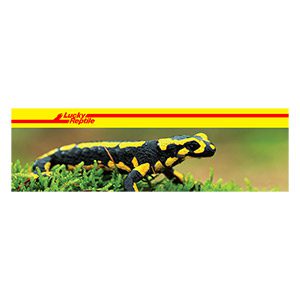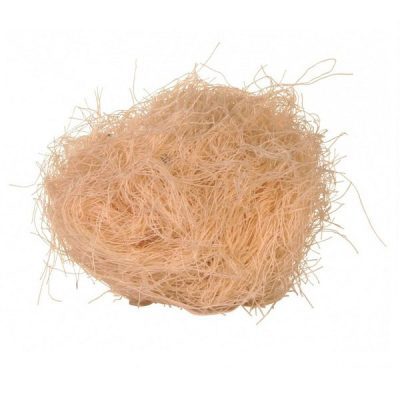Are Salamanders toxic? –
Although salamanders are quite placid and quite inoffensive creatures, all species of salamander are toxic. They secrete these toxins through their skin.
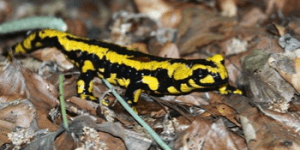 There is a huge difference between poisonous and venomous though. Poisonous animals are dangerous if you eat them, or if you handle the animal then touch your eyes/mouth. Venomous is when the animal directly injects venom into your skin to subdue you.
There is a huge difference between poisonous and venomous though. Poisonous animals are dangerous if you eat them, or if you handle the animal then touch your eyes/mouth. Venomous is when the animal directly injects venom into your skin to subdue you.
The poisons that salamanders have been produced in the parotoid or granular glands. All release toxins which CAN poison you. It is best to handle them at least as possible if you do handle them ensure you scrub your hands clean afterwards.
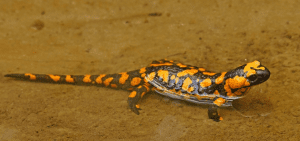
Juvenile salamanders are generally far more toxic than adults, but toxicity levels differ between species of salamander. In some cases, it can vary between the same species in a different population.
There are also a few species that may be considered venomous. They have small tubercles running down the sides of their bodies; if they are attacked or grasped they can actually push their ribs through these holes. As the ribs pass through, special glands secrete toxins making a highly effective stinging mechanism.
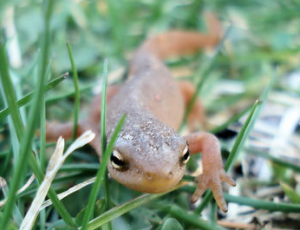
If left alone salamanders are completely harmless to humans, they are generally shy animals. Enjoying salamanders by observation is generally the best practice. This is for the benefit of us, and the salamanders. They have extremely absorbent skin, so oils, salts, lotions or any insect repellents may cause harm. Proper hand washing or vinyl gloves are the safest bet, but try to handle only when you must.


